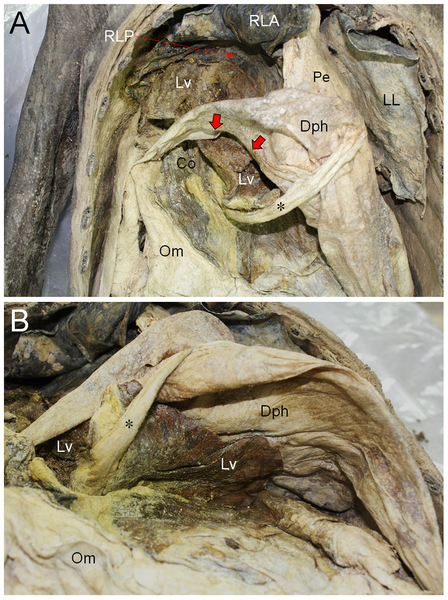 ANDONG, SOUTH KOREA—Yi-Suk Kim of Ewha Womans University in Seoul and colleagues conducted an autopsy on the mummified remains of an approximately 45-year-old man who had been buried in a royal tomb of the Chosun Dynasty. Live Science reports that the team found the right lobe of the man’s liver, part of his stomach, and part of his colon pushed through in a hole in his diaphragm. The man had suffered from a Bochdalek-type congenital diaphragmatic hernia (CDH) that may have caused pain in his chest and abdomen, but the herniated organs had not perforated or strangulated, so the condition may not have been the cause of death. “He could have lived with CDH in this lifetime while experiencing a few signs of respiratory disturbances. We suspected that the functional defects caused by the CDH in the present male mummy case might have been largely compensated for as he grew older,” the authors report in PLOS One.
ANDONG, SOUTH KOREA—Yi-Suk Kim of Ewha Womans University in Seoul and colleagues conducted an autopsy on the mummified remains of an approximately 45-year-old man who had been buried in a royal tomb of the Chosun Dynasty. Live Science reports that the team found the right lobe of the man’s liver, part of his stomach, and part of his colon pushed through in a hole in his diaphragm. The man had suffered from a Bochdalek-type congenital diaphragmatic hernia (CDH) that may have caused pain in his chest and abdomen, but the herniated organs had not perforated or strangulated, so the condition may not have been the cause of death. “He could have lived with CDH in this lifetime while experiencing a few signs of respiratory disturbances. We suspected that the functional defects caused by the CDH in the present male mummy case might have been largely compensated for as he grew older,” the authors report in PLOS One.